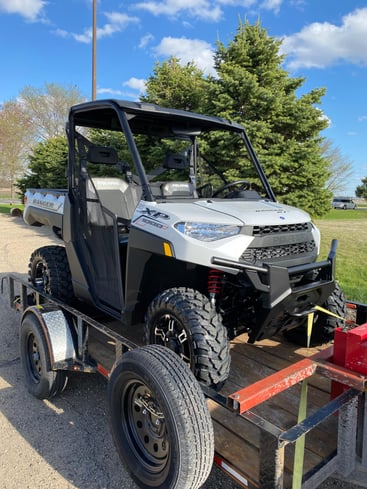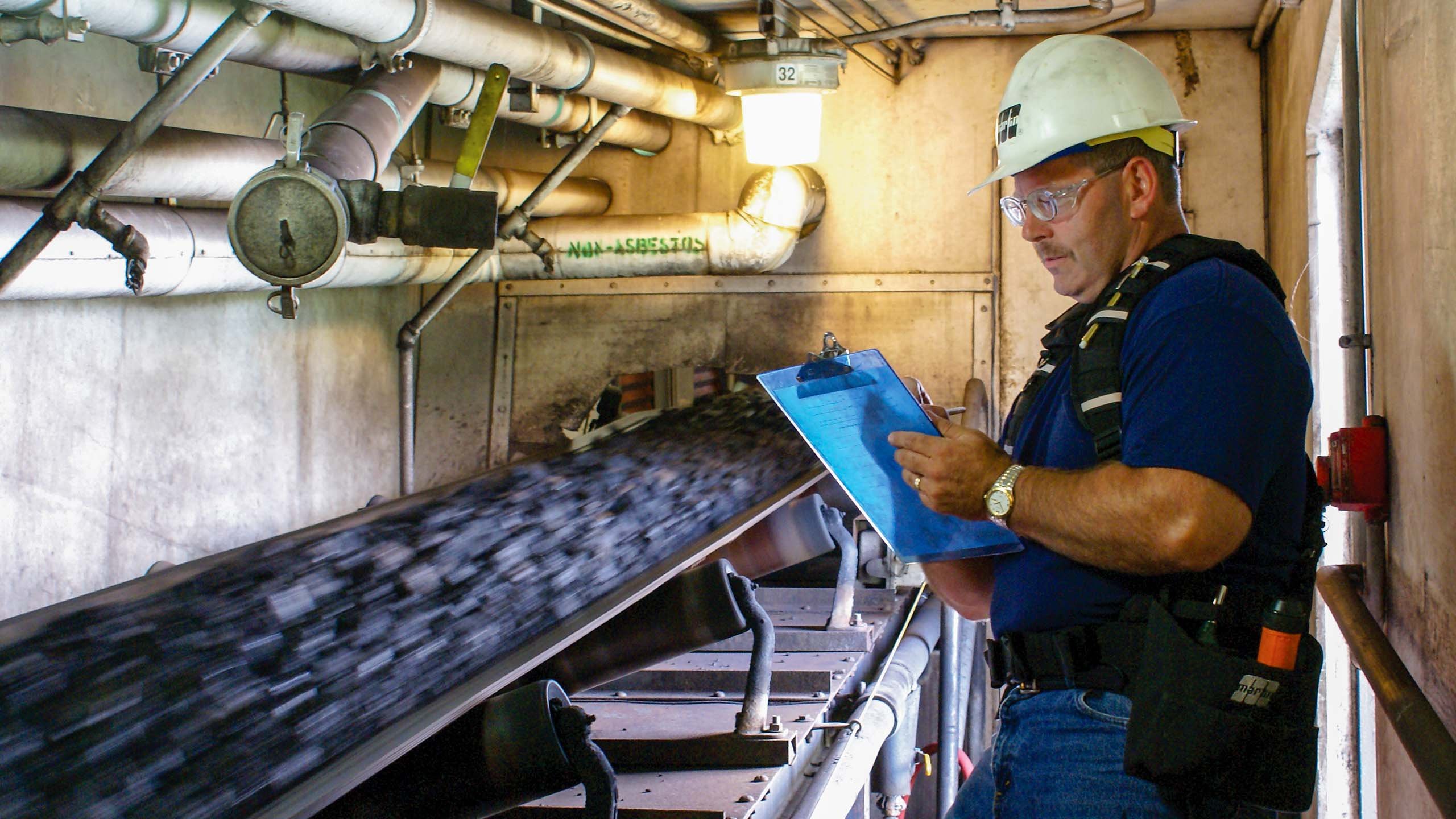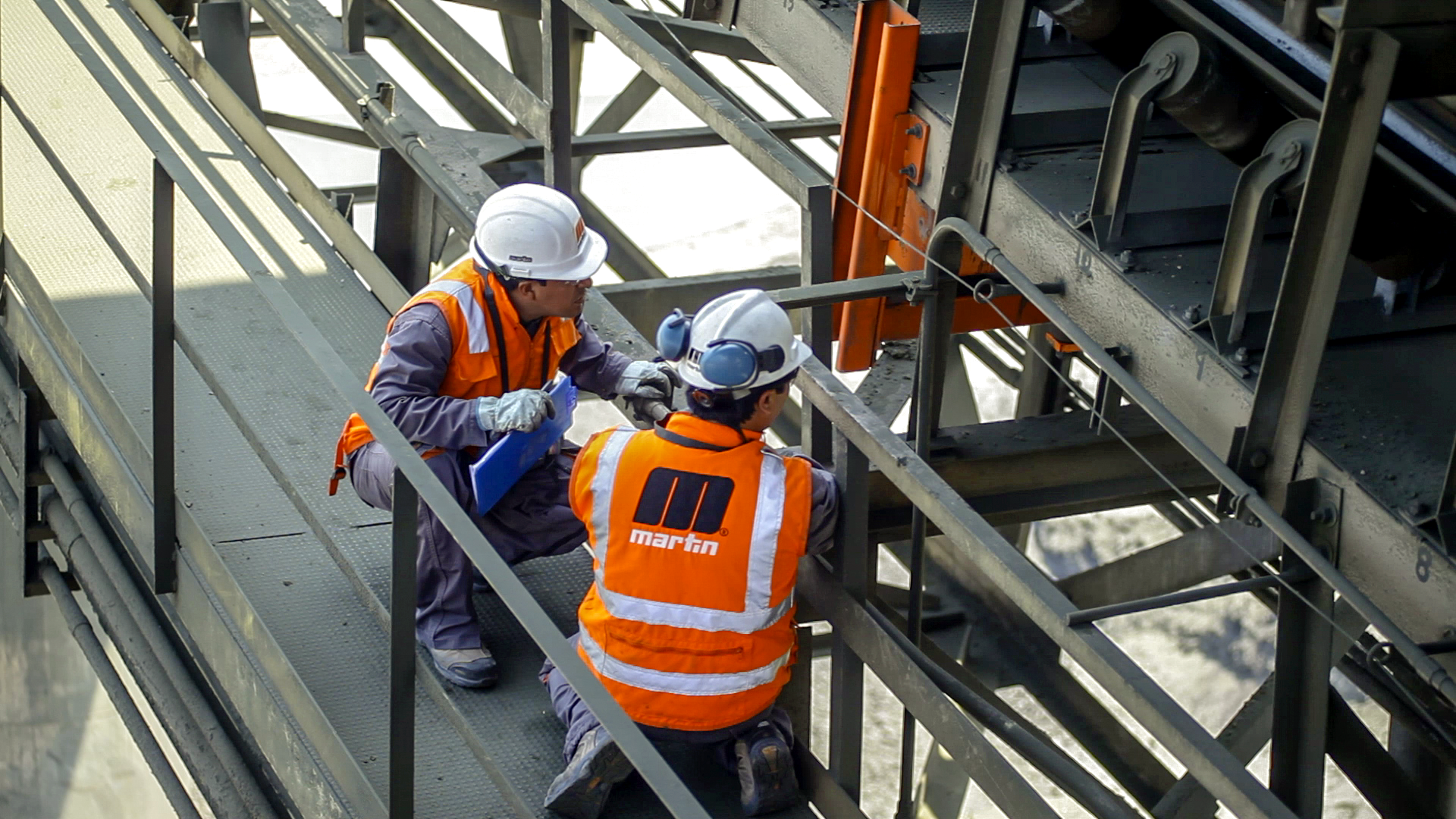By Kari Kipp on May 28, 2021 11:17:23 AM
 Memorial Day is right around the corner, a time to reflect and honor those who died while serving this country. It’s also the typical kick-off to summer vacations. For Memorial Day weekend, my husband and I will be heading north...just over the Wisconsin border to do some trail riding. I can’t wait to get out on the trails but there’s a lot that needs to happen before we can do that. Every time I start the prep work of getting us ready, I feel like I need a vacation from my vacation. I have to pack the clothes, toiletries, snacks, drinks, medicine, sunscreen, etc.
Memorial Day is right around the corner, a time to reflect and honor those who died while serving this country. It’s also the typical kick-off to summer vacations. For Memorial Day weekend, my husband and I will be heading north...just over the Wisconsin border to do some trail riding. I can’t wait to get out on the trails but there’s a lot that needs to happen before we can do that. Every time I start the prep work of getting us ready, I feel like I need a vacation from my vacation. I have to pack the clothes, toiletries, snacks, drinks, medicine, sunscreen, etc.
Then comes the UTV - we need to check the oil, load the trailer, make sure we have a spare tire & tools, load the cooler, and the list goes on. We wouldn’t want to drive all that way just to have something go wrong because we didn’t do the proper maintenance ahead of time or have spare parts on hand in case we get into a jam. It seems like so much work, but it’s so much more work if something goes wrong due to not completing preventative maintenance. Does this sound a bit familiar? Well. it should!
Conveyor belt and component maintenance are crucial to the overall operating efficiency of your plant.

The conveyor has a better chance of operating at maximum capability when preventative maintenance is done.
- Adjusting skirting
- Tensioning belt cleaners
- Inspecting belt support systems
- Assessing belt alignment
- and so on...

Just like going on vacation, you plan before you go. The same is true for preventative maintenance, you should regularly include it in your maintenance schedule and plan ahead for it during scheduled outages.
Not only do we need to inspect our UTV before we go on vacation but we need to check it over when we are done using it as well. Because our vehicle is new, we need to change the oil and service it at 25 hours of use. That is best practice for a new machine.
There are also best practices for conveyor and component maintenance:
- Check belt cleaner tension every two to four weeks
- Use electronic/smart notifications and technology
- Safety devices should be tested every 30 days
- Inspect and thoroughly walk a conveyor down every two months
- The manufacturer should be consulted on component maintenance
As mentioned above, inspecting and walking a conveyor every two months is an important step in preventative maintenance. Just like before we head out on our vacation, my husband and I will go over the checklist of items and make sure our UTV is secured on the trailer with all the necessary items needed to have a fun and safe trip.

Walking the Belt
"Walking the belt” is a routine inspection and service opportunity to:
- Inspect the conveyor's overall operating condition
- Review conveyor components
- Perform minor adjustments or maintenance activities
- Keep an eye out for common bulk material handling issues
- Note & prioritize significant conditions or problems that require attention
- Look for opportunities for improvement
Wouldn’t it be advantageous to prep for and perform preventative maintenance rather than have issues arise at less-than-ideal times? I know I’d rather have an adventure-packed vacation that doesn’t include us standing on the side of the trail trying to fix our UTV when it could have been avoided by just doing the prep work! The same goes for your operation. Unplanned downtime due to regulatory shutdown, material build-up/blockages, belt/component damage, or a failure in the conveyor system can all be prevented with more forethought, attention, and preventative maintenance.



comments